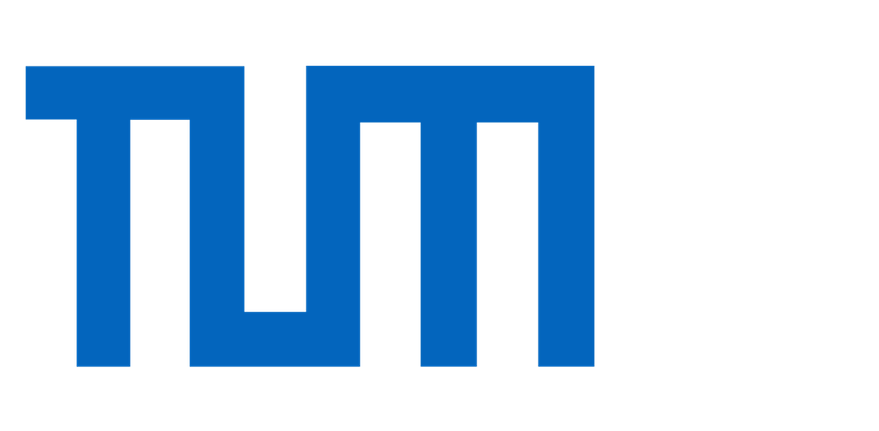Our paper on deep learning surrogates for Navier-Stokes simulations was accepted for publication at the Journal of Fluid Mechanics by now (https://doi.org/10.1017/jfm.2021.398). We’ve also just released the full source code for the project: https://github.com/tum-pbs/dl-surrogates
It contains everything’s that necessary to train a neural network to perform super fast shape optimizations to reduce the drag of a level-set based shape immersed in a moving fluid. The neural network is inherently differentiable, and very fast to evaluate. Hence, the trained networks represent a great building block for inverse problems. For completeness, here’s the full abstract of the paper.
Abstract: Efficiently predicting the flowfield and load in aerodynamic shape optimisation remains a highly challenging and relevant task. Deep learning methods have been of particular interest for such problems, due to their success for solving inverse problems in other fields. In the present study, U-net based deep neural network (DNN) models are trained with high-fidelity datasets to infer flow fields, and then employed as surrogate models to carry out the shape optimisation problem, i.e. to find a drag minimal profile with a fixed cross-section area subjected to a two-dimensional steady laminar flow. A level-set method as well as Bezier-curve method are used to parameterise the shape, while trained neural networks in conjunction with automatic differentiation are utilized to calculate the gradient flow in the optimisation framework. The optimised shapes and drag force values calculated from the flowfields predicted by DNN models agree well with reference data obtained via a Navier-Stokes solver and from the literature, which demonstrates that the DNN models are capable of predicting not only flowfield but also yield satisfactory aerodynamic forces. This is particularly promising as the DNNs were not specifically trained to infer aerodynamic forces. In conjunction with the fast runtime, the DNN-based optimisation framework shows promise for general aerodynamic design problems.

